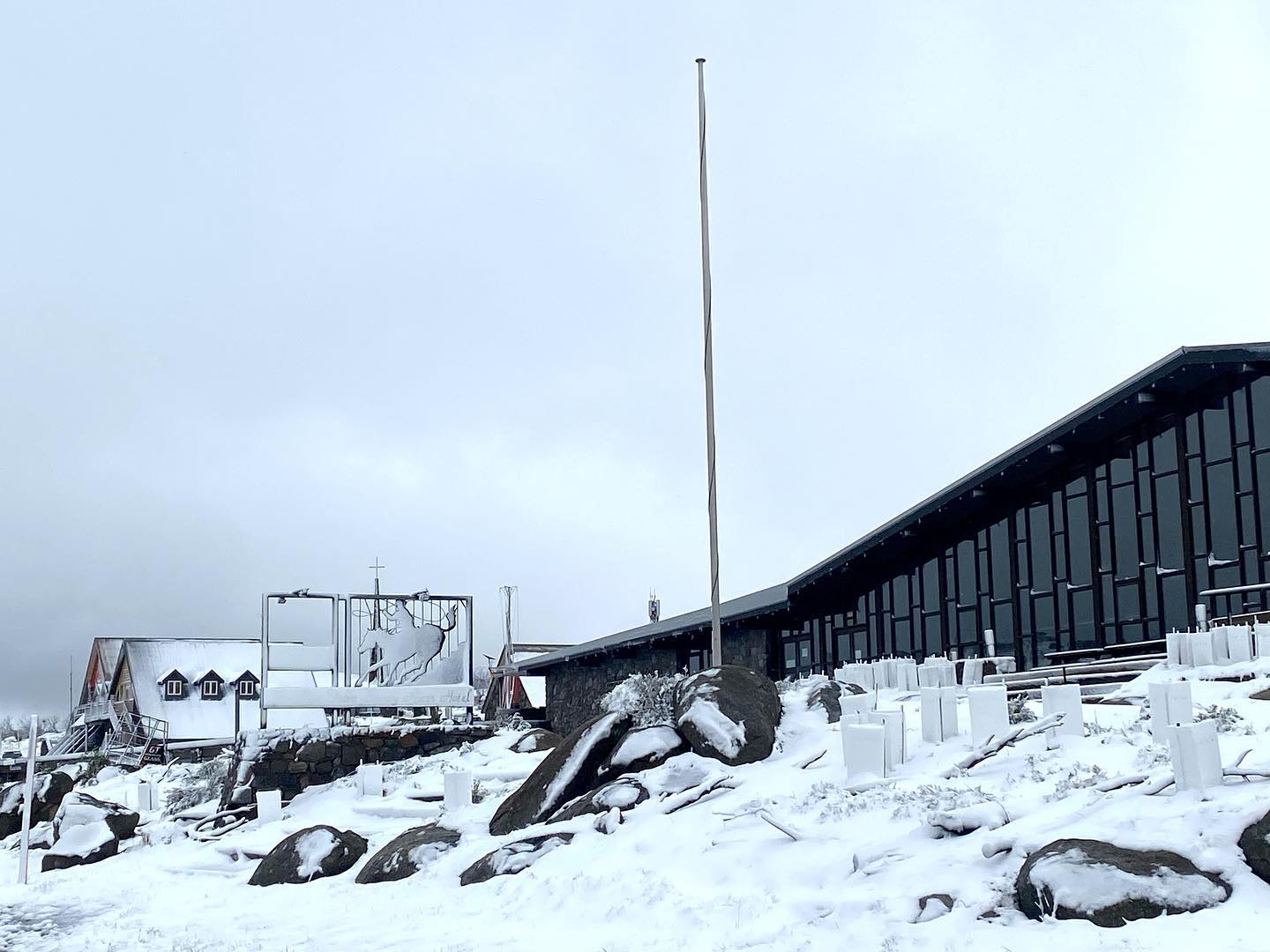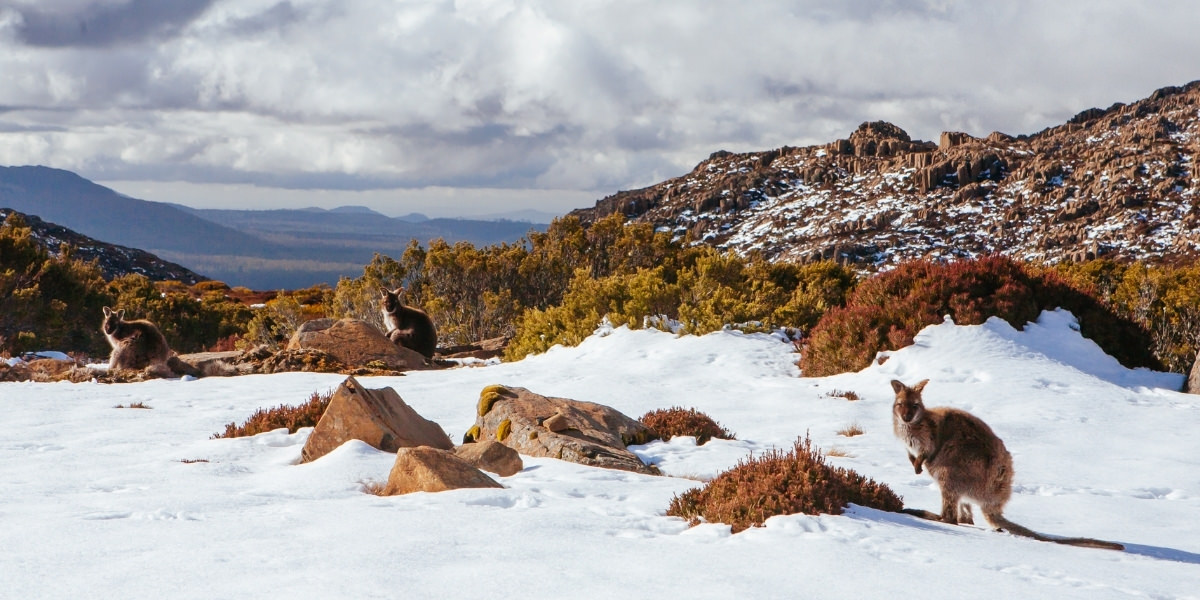Plan Your Next Adventure to Witness Snow In Australia with Loved Ones
Wiki Article
The Various Types of Snow in Australia and Their Influence On Winter Season Sports
Australia, understood for its sun-soaked beaches, is also home to a diverse range of snow conditions that considerably influence winter months sporting activities. Each kind, from the damp coastal snow to the completely dry indoor powder, provides special difficulties and benefits for professional athletes. An understanding of these variants is important for those seeking to navigate the Australian inclines, as each needs different strategies and strength. The complying with exploration will certainly go over the implications of these snow kinds on winter months sports performance.
Comprehending the Qualities of Different Snow Kinds
While many presume that snow is a homogeneous entity, it is important to understand that there are various kinds, each with unique characteristics. In Australia, these variations are specifically obvious because of weather diversity. Coastal snow, found in locations such as the Snowy Hills, is normally wetter and denser because of high wetness material, making it perfect for snowball fights or constructing snowmen. On the other hand, the snow found in the interior areas like the Australian Alps is drier and lighter, commonly compared to a cosy powder. These differences in snow type aren't just visual; they considerably influence wintertime sports, determining the convenience of motion, the rate obtainable, and the level of control called for from professional athletes.The Effects of Powder Snow on Skiing and Snowboarding
In spite of its light and cosy appearance, powder snow in the Australian Alps provides both one-of-a-kind difficulties and opportunities for wintertime sporting activities enthusiasts, specifically those participated in winter sports and snowboarding. The loose, dry nature of powder snow can originally be challenging to browse for newbies, calling for careful equilibrium and control. For even more knowledgeable specialists, the soft, untracked snow provides an exhilarating experience, allowing for nimble and dynamic motion - Does It Snow In Australia. The flexible and smooth surface area of powder snow also decreases danger of injury during drops, making it a recommended choice for extreme winter season sports. Yet, it deserves noting, the varying deepness and uncertain nature of powder can sometimes lead to covert barriers, asking for consistent alertness.
The Difficulties and Benefits of Packed Snow in Wintertime Sports
Changing emphasis from the loose, completely dry powder snow, one more common sort of snow in the Australian Alps is packed snow, positioning its very own set of difficulties and benefits in the realm of wintertime sporting activities. This denser, extra solidified kind of snow supplies a faster, slicker surface area, profiting sporting activities like downhill winter sports and snowboarding, improving speed and accuracy. The exact same qualities likewise existing challenges. Its tough surface area can be risky, raising the potential for injuries during falls. Browsing turns and managing speed can be hard on jam-packed snow, needing greater skill degrees from athletes. In spite of these challenges, loaded snow stays an important element in several winter season sports, forming the performance and methods of professional athletes.The Function of Damp Snow in Australian Winter Games
As opposed to the dense, glossy surface of packed snow, wet snow plays a completely various duty in Australian winter games. Characterised by its high wetness material, damp snow influences the rate and control of winter months sports individuals. Its hefty, sticky nature can be testing for professional athletes, specifically in skiing and snowboarding where speed and manoeuvrability are essential. Nevertheless, its malleability makes it optimal for snow sculpting occasions and for strengthening snow frameworks in sports like snow fort battles. Does It Snow In Australia In spite of its risks, wet snow introduces a special dynamic to wintertime games in Australia, testing professional athletes' versatility and resilience, and acting as a pointer of the diverse weather they need to be prepared to face.
Just How Slushy Snow Affects Wintertime Sports Efficiency
Proceeding the expedition of varying snow conditions in Australia, the influence of slushy snow on winter sports is another interesting element. Slushy snow, resulting from warmer temperature levels or direct sunshine, postures one-of-a-kind challenges to athletes. It reduces speed and requires increased physical initiative as the tools sinks right into the soft, water-saturated snow. In winter sports and snowboarding, slushy conditions can impact the predictability of turns and jumps, increasing the threat of crashes. For snowmobiling, the maker's performance may be hindered as it battles to keep grip. Thus, slushy snow transforms the wintertime sports landscape, demanding not just increased physical exertion from professional athletes yet additionally a higher emphasis on safety and security preventative measures.Adjusting Winter Season Sports Techniques to Different Snow Problems

Verdict
In verdict, Australia's varied snow kinds dramatically influence winter months sports efficiency. Each kind, from the glossy seaside snow to the drier indoor powder and the heavy, sticky damp snow, offers one-of-a-kind obstacles and advantages.Changing emphasis from the loosened, dry powder snow, one more prevalent type of snow in the Australian Alps is packed snow, posing its very own set of difficulties and benefits in the realm of winter sporting activities - Snow In Australia.In comparison to the dense, slick surface of stuffed snow, damp snow plays a completely different duty in Australian winter months video games. Its pliability makes it optimal for snow sculpting events and for fortifying snow frameworks in sports like snow fort battles.Continuing the expedition of varying snow conditions in Australia, the influence of slushy snow on winter months sports is one more appealing element. Each kind, from the glossy coastal snow to the drier indoor powder and the heavy, sticky damp snow, provides distinct obstacles and advantages
Report this wiki page